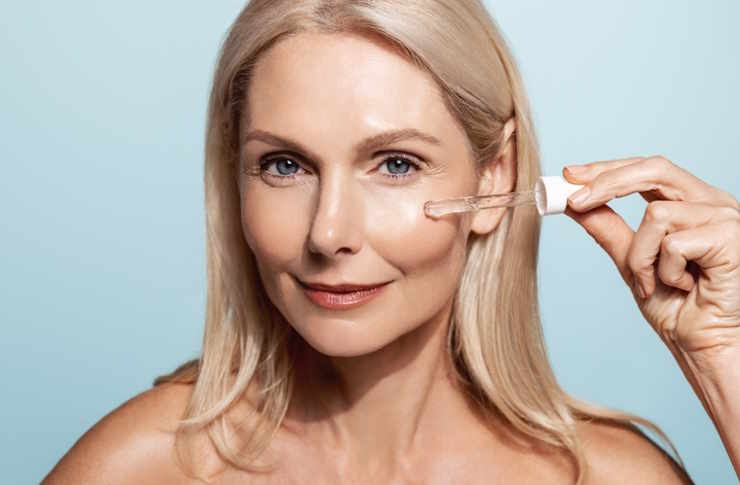Adjusting Product Choices for Climate and Lighting Conditions
Every environment—from humid tropical climates to cool, dry winters and from fluorescent office lighting to golden-hour outdoor sun—affects how skincare and cosmetics perform. Knowing which foundation formulation, shade, texture, and ingredients work best for different conditions helps you build a reliable routine that respects skin health and sustainability. This article outlines practical adjustments to product choices for varied climates and lighting scenarios.

Climate and lighting both influence how skincare and makeup look and feel on the skin. Warm, humid environments accelerate oil production and can affect longwear claims, while dry, cold air increases the need for moisturizing formulations. Artificial and natural light show colors and finishes differently: fluorescent light may reveal ashy or mismatched shades, while warm sunlight can make finishes appear more luminous. Consider both local conditions and typical lighting when choosing products and reading labeling to set realistic expectations for wear and performance.
This article is for informational purposes only and should not be considered medical advice. Please consult a qualified healthcare professional for personalized guidance and treatment.
How does climate influence skincare and ingredients?
Climate determines which ingredients and textures are most suitable. In humid areas, lightweight, oil-free gels and water-based formulations can reduce clogged pores and excess shine, while environments with low humidity require richer creams and barrier-repair ingredients such as ceramides and hyaluronic acid to prevent flaking. Look for labeling that highlights non-comedogenic or hypoallergenic claims if you experience sensitivity from seasonal changes. Sustainability and crueltyfree credentials can be considered across climates, but prioritize ingredient efficacy—antioxidants and broad-spectrum sunscreen remain important regardless of temperature.
Choosing foundation shade and texture for lighting
Shade and texture choices should account for the dominant lighting where you’ll spend most of your day. Warm, natural light tends to enhance golden undertones and can make dewy finishes look healthy; cool fluorescent light emphasizes blue undertones and may reveal mismatched shades. In mixed lighting environments, opt for a foundation with a neutral undertone or test shades in both natural and indoor light. Texture matters too: matte formulas control shine under bright lights, while satin or luminous finishes diffuse imperfections in softer, indirect lighting.
Makeup formulation and longwear needs by climate
Longwear claims and formulation performance vary with climate. High humidity challenges longwear foundations and powders, making water-resistant or longwear formulations more suitable, especially those with a matte or semi-matte finish. In dry climates, longwear products with hydrating bases can cling to dry patches—look for formulas that balance durability with skin-friendly emollients. Consider layering lightly with a thin primer or hydrating serum in dry conditions to improve adhesion and comfort without compromising longwear properties.
Labeling, hypoallergenic, and crueltyfree considerations
Read product labeling carefully to match claims to your context. Hypoallergenic labels may indicate fewer common irritants, useful during seasonal sensitivities; however, definitions are not standardized, so check ingredient lists for known triggers. Crueltyfree and sustainability claims are increasingly common; verify third-party certifications when possible. For sensitive skin in changing climates, patch-test new skincare or cosmetics and choose simple, transparent ingredient lists. Labels that disclose formulation details—active ingredients, SPF level, and preservative systems—help you predict a product’s behavior under different environmental conditions.
Adapting routine, finish, and texture for humidity or dryness
Adjust your routine seasonally: in humid weather prioritize lightweight serums, oil-control moisturizers, and blotting tools to manage shine without over-stripping the skin. In dry climates, focus on occlusives in evening routines, richer day creams, and gentle exfoliation to maintain texture. Makeup finishes should match skin needs—longwear matte for humid days, hydrating demi-matte or luminous for dry or low-light environments. Texture choices (powder vs. cream) also matter: cream products can look more natural in soft lighting but may break down faster in heat, whereas powders help set makeup in high humidity.
| Product/Service Name | Provider | Key Features | Cost Estimation (if applicable) |
|---|---|---|---|
| Double Wear Stay-in-Place Makeup | Estée Lauder | Longwear foundation, medium-full coverage, wide shade range | $35–$45 USD |
| Pro Filt’r Soft Matte Foundation | Fenty Beauty | Matte finish, broad shade inclusivity, longwear | $34–$38 USD |
| Fit Me Matte + Poreless Foundation | Maybelline (L’Oréal) | Budget option, varied shades, matte texture | $7–$10 USD |
| Studio Fix Fluid | MAC Cosmetics | Buildable coverage, powder-like finish, professional range | $36–$42 USD |
Prices, rates, or cost estimates mentioned in this article are based on the latest available information but may change over time. Independent research is advised before making financial decisions.
Product selection strategies for texture and finish
When selecting between powders, liquids, and creams, let climate and lighting guide texture choices. In bright outdoor light, creams with a subtle sheen can complement natural glow; in studio or stage lighting, powders and matte finishes reduce reflective hotspots. For humidity, lean on powders and oil-control primers; for cold or indoor heating, choose formulations with moisturizing agents to maintain smooth texture. Always test products in representative lighting and consider mixing formulas (e.g., blending a drop of hydrating serum into a longwear foundation) to tailor finish and comfort.
Conclusion
Adjusting product choices for climate and lighting requires attention to formulation, shade selection, texture, and ingredient lists. Reading labeling and testing products across typical environments helps ensure consistent results. By aligning skincare and cosmetics with local conditions and lighting situations, you can maintain skin health and achieve reliable finishes without relying on speculative claims.





